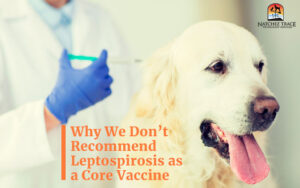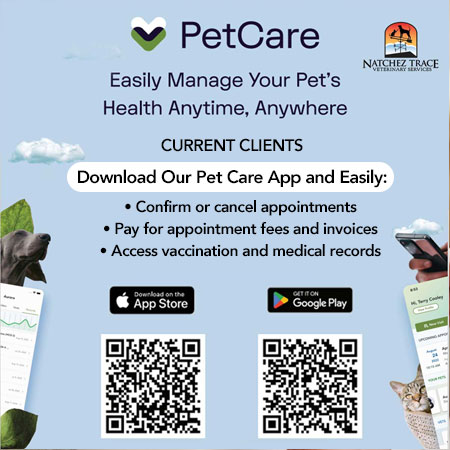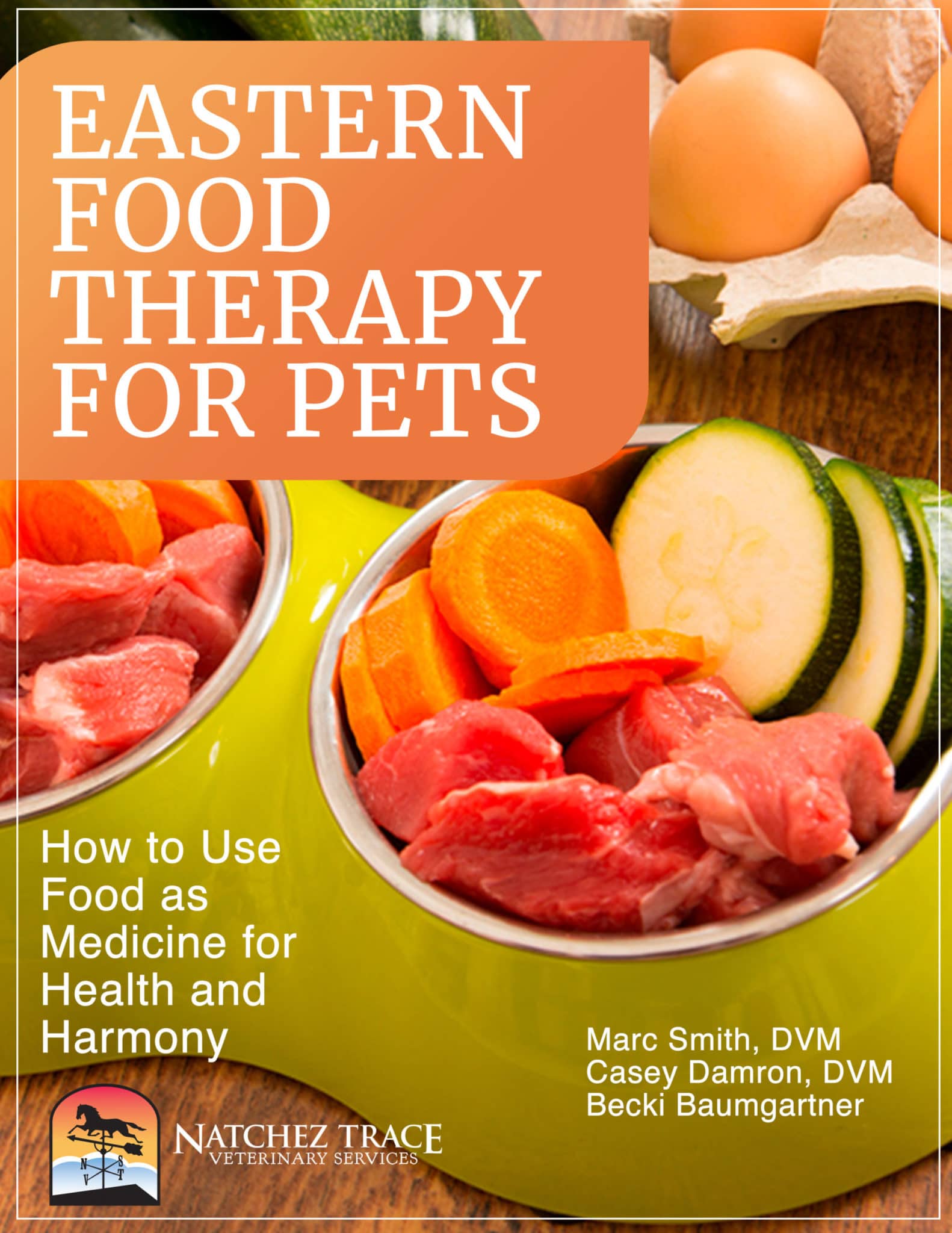Successful care of orphaned puppies requires a regular schedule of feeding, elimination, playing, and sleeping in a safe and healthy environment.
Healthy puppies are plump and firm, warm, quiet, and sleep most of the time. Unhealthy puppies have poor muscle tone, initial high activity levels, and cry a lot. If not assisted, they become weak, quiet, and comatose. -PetEducation.com
Orphaned Puppy Care: Keep the Puppies Warm
When caring for orphaned puppies, it is very important to keep them warm. Puppies depend on radiant heat from their mother to stay warm and cannot yet stay warm themselves.
Tips to Keep Puppies Warm:
- Avoid drafts
- Use a heating pad in a box on low heat. Do not use any setting higher low to avoid the risk of burning the puppies.
- Cover the heating pad with waterproof material (plastic).
- Line the box with disposable diapers or newspaper.
- The Heating pad should only cover 1/2 of the bottom of the box. Let the rest of the heating pad go up the side of the box. Doing so allows the puppy to get off the heating pad if gets too hot.
Ideal Temperatures for Puppies:
- Birth to 5 Days _____________ 85-90 Degrees
- 5-20 Days _________________ 80 Degrees
- 20-34 Days_________________ 75 Degrees
Orphaned Puppy Care: Nutrition
You must feed newborn puppies every three hours. You can feed in a series of six or eight meals equally spaced over a period of 24 hours. Small or weak puppies may need additional feedings. After the first week, you may feed the puppies every six hours.
- Use puppy formula ONLY!! Milk or human baby formula causes diarrhea.
- Introduce formula changes SLOWLY.
- Feed at 95-100 degrees (body temperature).
- Discard reconstituted formula after 24 hours.
- Feed 2-tablespoons/4 oz. body weight. (15% of body wt. Divided into 4-6 meals)
- Feed every 3-4 hours for one week, then every 6 hours.
- Whining or crying USUALLY indicates hunger.
- Test the feeding bottle for proper flow rate. Do NOT SQUEEZE the bottle.
- Begin feeding in a saucer as soon as the puppies’ eyes are open. (Usually about two weeks of age.)
- Dip muzzle and tongue in the sauce. Put your finger inside the puppy’ss mouth to encourage sucking.
- Begin mixing formula with Gerber High Protein Baby Cereal at 3 – 4 weeks of age. After
- One week gradually switch the cereal to high-quality puppy food.
- Slowly begin to substitute water for the puppy formula at four weeks of age.
-
Any time diarrhea should develop, dilute the food 50 % with water and call the clinic for instructions.
Orphaned Puppy Care: Sanitation
It is best to use clean newspapers as bedding for the first week. Newborn puppies can get entangled and suffocate in a soft cloth. Don’t use a blanket or soft cloth until the puppies can lift their heads and move around a bit.
- Keep the area clean! This is MOST IMPORTANT for good health!
- Rub rectum and abdomen with cotton moistened with warm water after each feeding to
- stimulate bowel functions.
- DO NOT DISTURB except for feeding and cleaning!
- TWITCHING is NORMAL during sleep. In fact, twitching exercises the muscles to aid growth.
- Bring the puppies to the clinic at four weeks of age for examination and deworming.
- A crying puppy is either a COLD puppy or a HUNGRY puppy!
Orphaned Puppy Care: Emergency Milk Replacements
Puppies need puppy formula ASAP!
However, if you can’t get puppy formula right away, you can use the following as a temporary replacement.
Remember, the following recommendations are temporary. The temporary replacements include milk, and milk causes diarrhea.
So, make sure to get real puppy formula as soon as possible.
Puppy formula replacements:
- 8 ounces of 2% milk + one egg yolk
- 2/3 cup 4% milk + 3 egg yolks + 1 tablespoon corn oil + liquid vitamin + pinch of salt
Puppy feeding amounts:
- Initial Feeding Volume: 15% of the puppy’s weight divided into 4-6 meals
- Puppies should be fed 4X/day when weaned.








